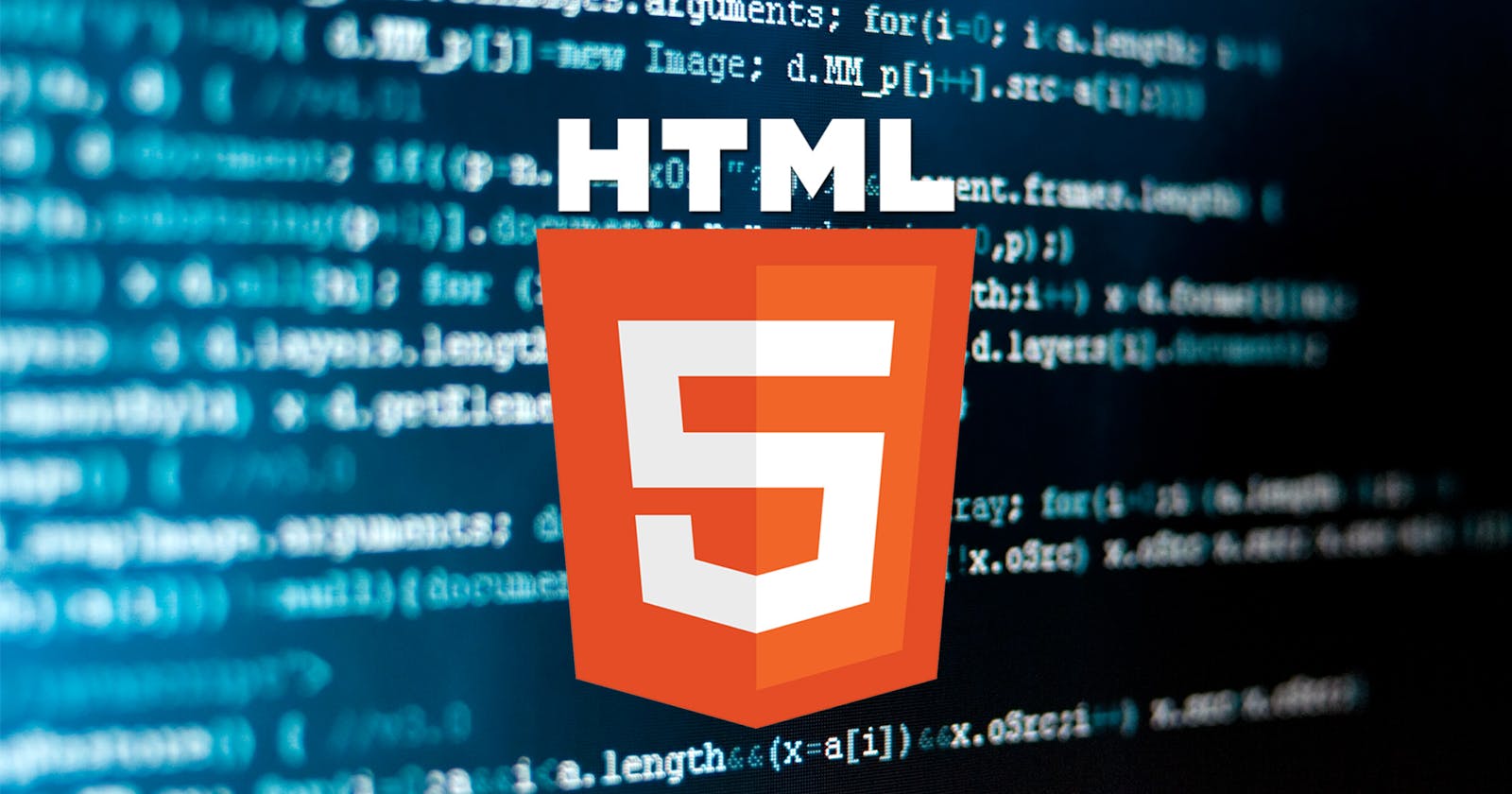Table of contents
No headings in the article.
HTML5 Features and Advantages:
HTML5 is a powerful tool for creating dynamic and interactive websites. Whether you are a beginner or an experienced developer, learning how to use HTML5 can help you create better websites and improve your web development skills. With its wide range of new features and capabilities, it makes it easier for developers to create engaging and user-friendly websites. If you're new to web development, HTML5 is a great place to start learning how to create dynamic websites. Here are some of its features:
One of the main advantages of HTML5 is that it allows for the use of multimedia elements such as video and audio without the need for additional plugins. This means that web developers can easily add multimedia content to their websites without having to rely on third-party software.
Additionally, HTML5 allows for the use of a new set of semantic elements, which make it easier for search engines and other technologies to understand the structure and content of a web page.
Another important feature of HTML5 is the introduction of the Canvas element. This allows developers to create interactive graphics, games, and other visual elements directly within a web page. This is a powerful tool for creating engaging and dynamic websites.
HTML5 also offers new form controls and attributes, which make it easier to create forms that are more user-friendly and accessible. The new input types, such as search, email, and number, allow developers to create forms that are more intuitive and easier to use. Additionally, the new form attributes, such as autofocus and required, make it easier to validate form data and improve the user experience.
HTML5 also includes new technologies for storing data on the client side, such as Web Storage and IndexedDB. This allows developers to store data locally on a user's browser, which can improve performance and make web applications more responsive.
Another feature of HTML5 is the ability to drag and drop elements within a web page. This allows for the creation of more interactive and user-friendly websites, as well as the ability to create rich web applications.
In addition, HTML5 provides Web Workers, which allow for running JavaScript in the background, without blocking the user interface. This enables web developers to create web apps that are more responsive and performant.
Lastly, HTML5 Geolocation API allows to access the geographical location of a user, which can be used for various purposes such as location-based services and personalization of content.
Anatomy of HTML5
We have established that HTML 5 is a powerful tool for creating engaging and user-friendly websites. Now let's look at its anatomy. The basic anatomy of an HTML5 document is similar to that of a standard HTML document, but with some additional elements. The main elements of an HTML5 document include:
DOCTYPE: This is the first line of an HTML5 document, and it declares the type of document being used. For HTML5, the DOCTYPE is simply <!DOCTYPE html>.
HTML: This is the root element of an HTML5 document, and it contains all the other elements on the page. The opening tag is <html> and the closing tag is </html>.
Head: This element contains information about the document, such as the title of the page, meta information, and links to external resources. The opening tag is <head> and the closing tag is </head>.
Title: This element contains the title of the document, which is displayed in the browser's title bar or tab. The opening tag is <title> and the closing tag is </title>.
Body: This element contains all the visible content of the web page, such as text, images, and other media. The opening tag is <body> and the closing tag is </body>.
Semantic elements: HTML5 introduces a set of new semantic elements, such as header, nav, article, section, aside and footer, that can be used to improve the structure and meaning of the web page. These elements are used to describe the purpose of specific sections of a web page.
Audio and video elements: HTML5 allows for the embedding of multimedia elements, such as audio and video, directly into web pages without the need for additional plugins. These elements can be controlled using JavaScript and CSS
Canvas element: The canvas element allows for the creation of interactive graphics, games, and other visual elements directly within a web page.
Form elements and attributes: HTML5 introduces new form controls and attributes, such as search, email, and number, which make it easier to create forms that are more user-friendly and accessible.
Web storage: HTML5 allows for the storage of data on the client-side, such as Web Storage and IndexedDB, which can improve performance and make web applications more responsive.
Drag and drop: HTML5 allows for the creation of more interactive and user-friendly websites, as well as rich web applications, by allowing dragging and dropping elements within a web page.
Web Workers: HTML5 allows for running JavaScript in the background, without blocking the user interface, which enables web developers to create web apps that are more responsive and performant.
Geolocation API: HTML5 allows to access the geographical location of a user, which can be used for various purposes such as location-based services and personalization of content.
In conclusion, HTML5 is a powerful tool for web developers, offering a wide range of new features and capabilities that make it easier to create dynamic and interactive websites. With this beginner's guide, you now have the basic knowledge to start creating your own dynamic websites using HTML5.
